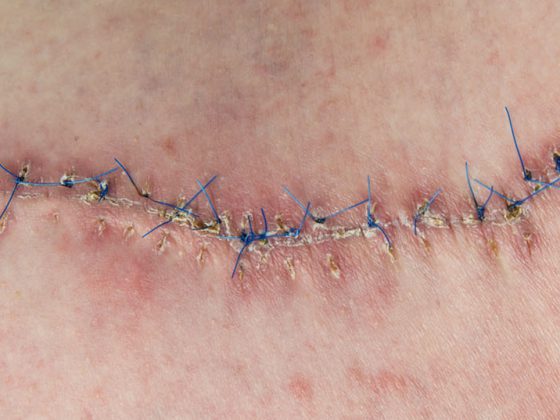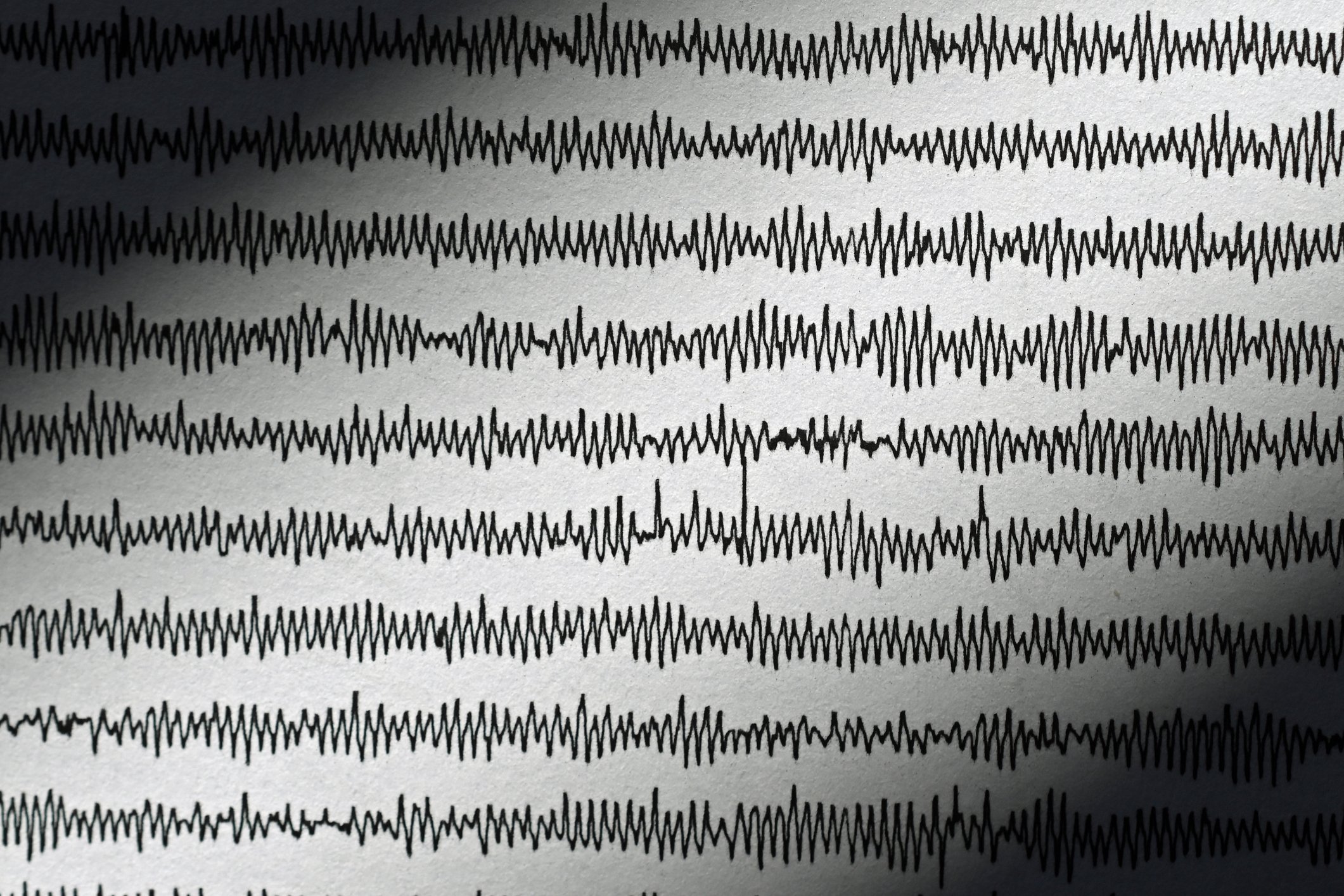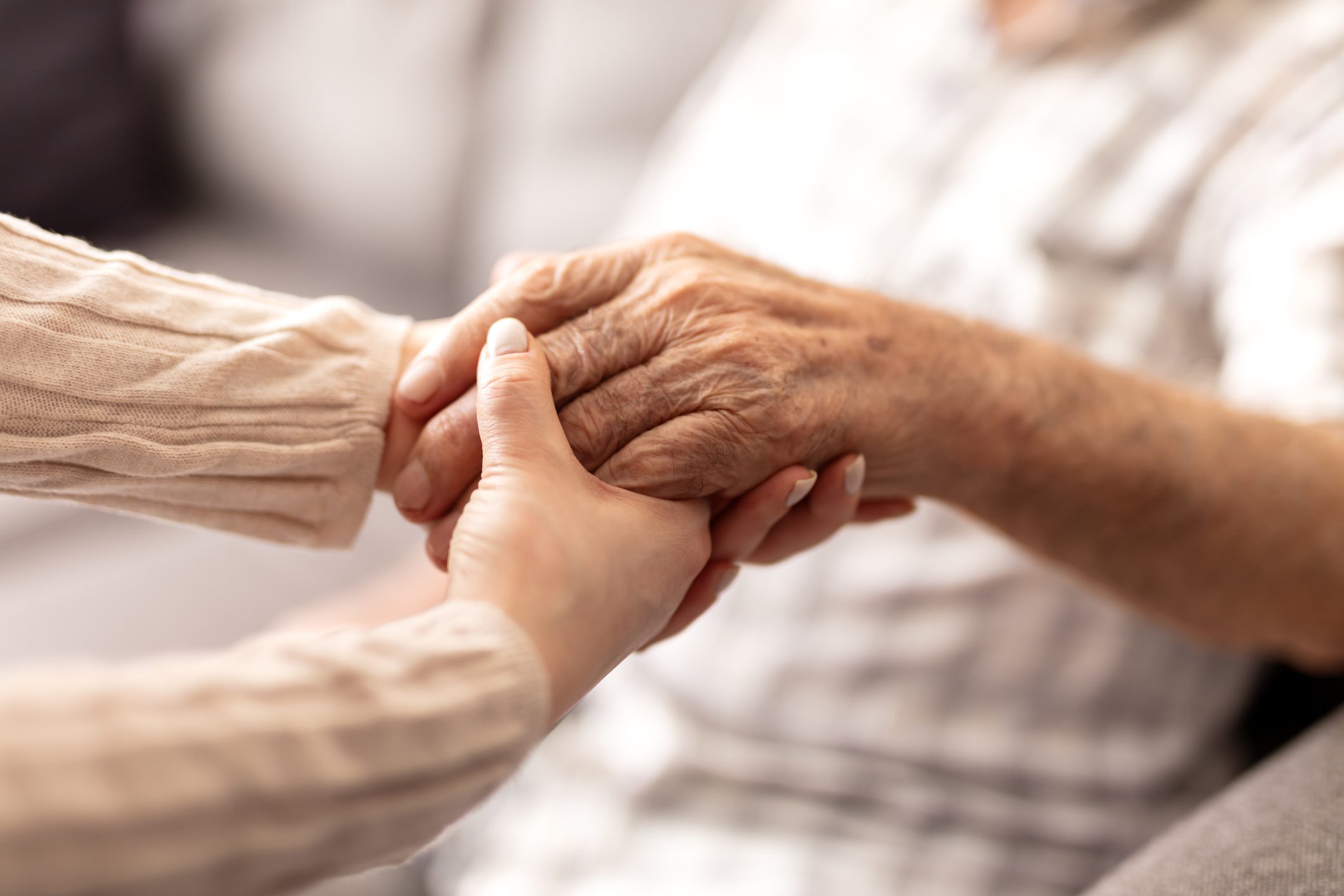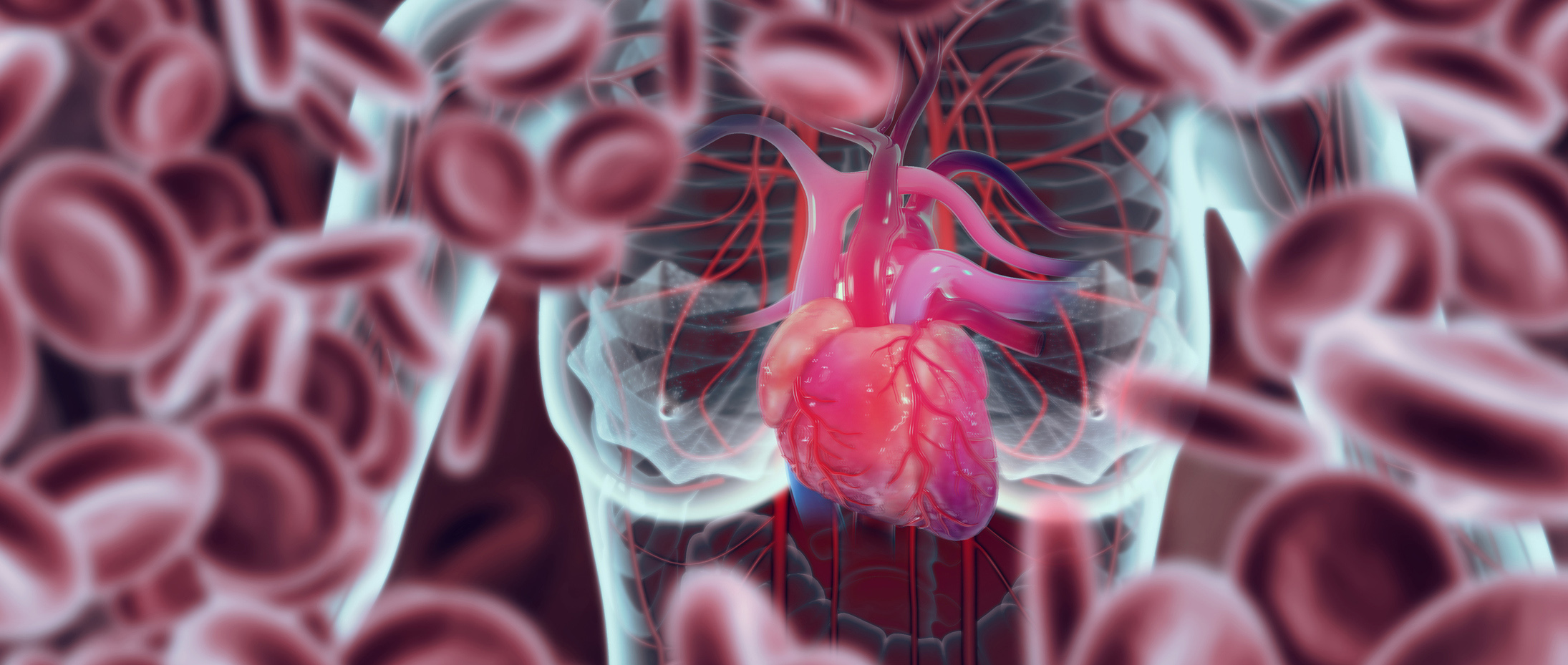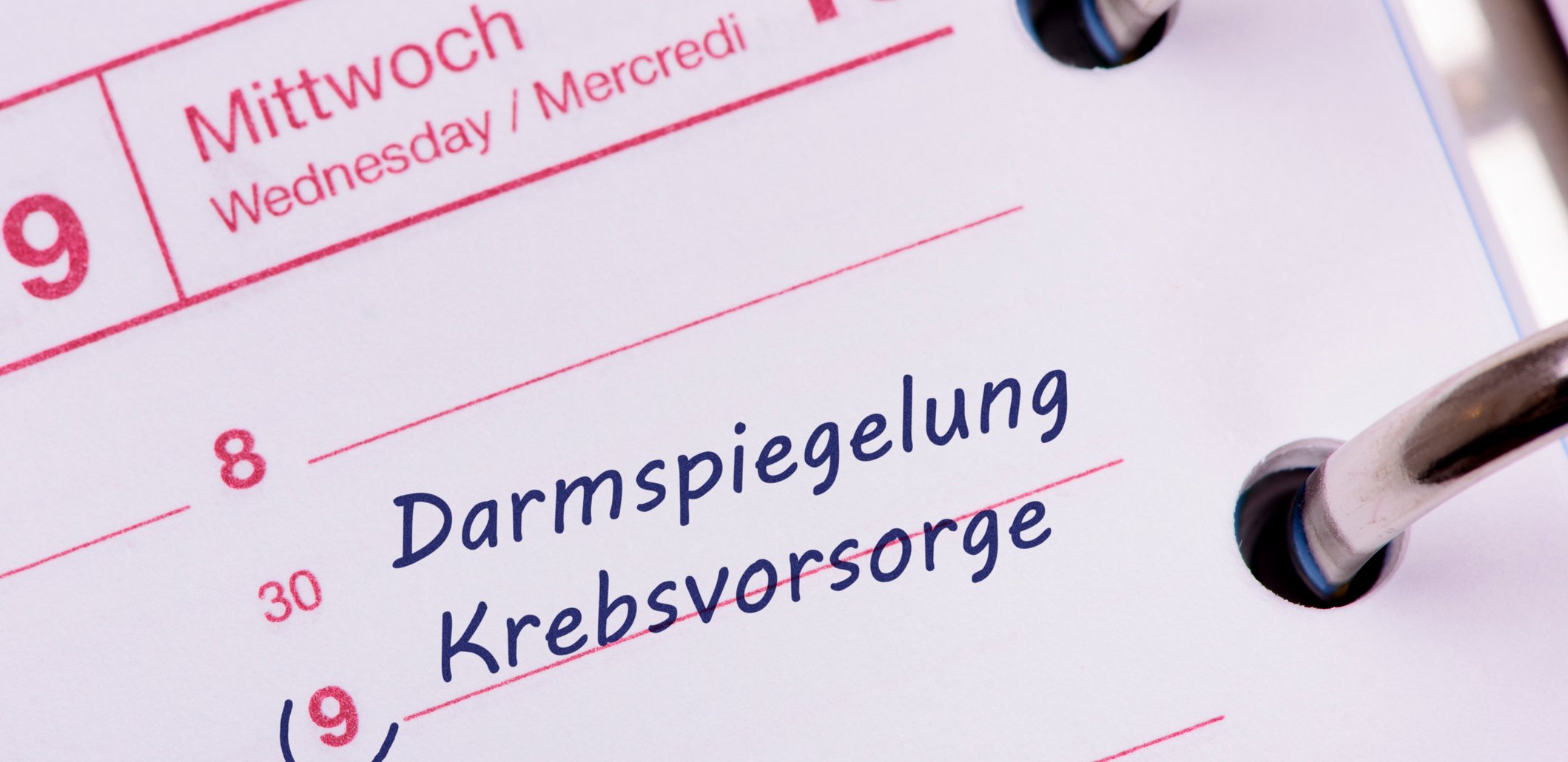At the 1st Swiss Symposium for Psychosomatics at the Giesserei in Zurich-Oerlikon, the topic was “Exhaustion, Burnout and the Tired Society”. Are we really getting more and more tired and exhausted? And what difficulties do physicians face in addressing this diffuse condition of into words, quantify, diagnose and ultimately treat? In any case, fatigue and exhaustion remain a major social and medical challenge worth discussing. Some aspects relevant to everyday medical practice were addressed at the meeting.
How can fatigue, a condition that is usually difficult for patients to put into words and yet extremely distressing, be described and quantified more precisely? “Fatigue could be defined as a physical, energetic, emotional and cognitive feeling of exhaustion that permeates the entire organism,” according to the introductory words of Prof. Roland von Känel, MD, Barmelweid Clinic. The so-called multidimensional fatigue symptom inventory, which in its short form (MFSI-SF) uses 30 items and a Likert scale of 0-4 to query fatigue over the past seven days in the dimensions “general,” “physical,” “emotional,” “cognitive,” and “energetic,” can be used to measure overall fatigue (e.g., for studies). For the emotional state in the moment, the Profile of Mood States (POMS) can be consulted, which is sensitive to change within 24 hours and is used, among other things, in sports medicine. It elicits the dimensions “dejection” (14 items), “fatigue/fatigue” (7 items), “displeasure” (7 items), and “drive” (7 items). The POMS can be used for early detection of overtraining, for example: Training volume showed a positive correlation with fatigue and a negative correlation with drive in studies.
“In principle, it is important to distinguish: Not all fatigue is the same. A short-term, transient fatigue exerts a protective function – the chronic form, on the other hand, can be a sign of an underlying disease or have disease value itself, such as chronic fatigue syndrome (CFS),” the speaker explained. After pain, fatigue, or clinically relevant fatigue, is the second most common symptom in the general population and the second most common reason people see a doctor. This was one of the findings of a survey [1] over three years of the 14 most common symptoms in 1000 patients in a Texas outpatient internal medicine clinic. Diagnostic testing was performed in more than two-thirds of cases. Nevertheless, after the time span of three years, an organic cause was found in only 16% of all symptoms recorded (including fatigue). 74% of cases were defined as unclear/idiopathic. Other studies [2] confirm the high prevalence of fatigue in the general population.
How important is the laboratory?
There is no clinically accepted laboratory test or biomarker to diagnose chronic fatigue. However, laboratory tests can be used to rule out possible causes of fatigue, which would have clear therapeutic consequences. For this reason, the importance of laboratory values should by no means be regarded as low. In addition, a detailed medical history (including medications and substances taken), a physical and mental status and, depending on the case, additional tests according to the clinic and laboratory findings (e.g., sleep laboratory, tilt table examination, HIV test) are indicated.
For the hectic day-to-day practice, the two questions “How tired are you right now?” and “How tired were you on average last week?” on a numerical rating scale of 0-10 may be sufficient for an initial assessment. A fatigue or energy diary is again a useful tool for monitoring progress. The Fatigue Severity Scale (FSS) can also be used to measure effects in everyday life (e.g., “My fatigue interferes with my ability to perform certain duties and responsibilities”).
Stress and exhaustion
Prof. Dr. phil. Urs Nater, Philipps University Marburg (D), presented data on the relationship between stress and exhaustion. For example, could chronic stress be a pathophysiological factor in CFS? Finally, it has been shown that individuals with CFS are significantly more likely to report stress in the past four weeks (Perceived Stress Scale) and negative life events in the past twelve months (Life Events Scale), and are also significantly more likely to have post-traumatic stress disorder [3].
A major role seems to be played by cortisol. Population-based studies show that patients with CFS have lower salivary cortisol levels both in the morning and after an acute stressor compared with controls [4,5]. In this context, one can speak of a (relative) hypocortisolism. In contrast, over the course of the entire day, differences in the cortisol profiles are no longer found to be equally strong. The curve is somewhat flattened or less dynamic overall in CFS patients [5].
What do low cortisol levels mean? Cortisol exerts an inhibitory effect on the secretion of proinflammatory cytokines. One of these cytokines is interleukin-6 (IL-6). Dysregulation of IL-6 secretion directly affects the CNS. The result is greater fatigue and increased sensitivity to pain.
To some extent, these biological changes appear to be reversible. Cognitive behavioral therapy (CBT) can significantly decrease fatigue [6] and slightly (but statistically significantly) increase cortisol overall [7]. Unfortunately, the very patients who need it most show poorer response rates: CBT responders show more dynamic cortisol curves compared to non-responders and especially increased cortisol levels in the morning [8].
So far, the question of causality remains open: The abnormalities regarding cortisol could be both cause and consequence, i.e. predisposition or consequence of CFS. The above hypothesis offers an initial explanatory approach that should be pursued further.
Tumor-associated fatigue
In the clinical course, fatigue may occur as an acute side effect of cancer treatment or in follow-up in the sense of a late sequelae. According to Prof. Dr. phil. Joachim Weis, Tumor Biology Clinic, Freiburg (D), tumor-associated fatigue is one of the most common sequelae of cancer disease or treatment. In long-term survivors, the incidence is 20-25%. Cancer patients after radiation or chemotherapy are particularly affected. Unlike pain or nausea, fatigue is still underestimated and given too little attention, probably not least because treatment is difficult and successful only in a few cases. Nevertheless, the impact on patients’ quality of life, daily routine and social reintegration is enormous. Fatigue syndrome has mental, cognitive and physical components. All these dimensions should also be taken into account in diagnostics.
Fatigue can be both a cause and a symptom of depression. 15-20% of tumor patients present with depressive disorder. Symptoms of depression and fatigue overlap in many areas (e.g., lack of drive, sleep disturbances, attention and concentration deficits, loss of interest), and there are clear differences in others (depressive dysfunctional thought processes, fear of failure, and suicidality). In fatigue, physical problems are in the foreground (“I want to, but I can’t”), whereas in depression the motivational level is more affected (“I can’t do anything/am worth nothing”). Possible factors that exert an influence on cancer-associated fatigue syndrome are shown in Figure 1. However, the exact mechanism of development is largely unclear.

How to treat?
General behavioral recommendations: Behavioral strategies (saving energy, prioritizing, delegating, scheduling activities at times of highest energy e.g. via activity diary etc.) significantly improve fatigue.
Non-drug therapy: This includes education and counseling, sports and exercise therapy, and psychosocial therapy measures such as psychoeducation, relaxation therapy, or meditation. Psychosocial interventions tend to have a moderate effect on fatigue and work better when combined with physical training. Sports and exercise are simple and very effective options. A review of the studies shows that exercise significantly improves fatigue [9]. Recent studies have also shown that muscle building training is primarily effective against physical fatigue, but shows weaker or no effects on the cognitive and emotional fatigue components [10,11]. A combination of endurance and strength training with psychoeducational measures is therefore recommended (best evidence).
Drug therapy: Here, the treatment of the causes such as anemia or metabolic disorders or the treatment of the symptoms (psychostimulants? antidepressants?) takes place. Psychostimulants are the ultima ratio. Methylphenidate may be used in patients with severe fatigue in whom other treatments have failed to produce satisfactory results, but it is not approved in the indication of fatigue. There is partial evidence of efficacy in this area, but overall the findings are heterogeneous [12]. Modafinil is not recommended for fatigue due to side effects.
Complementary medicine measures: There are various options here. After the end of a treatment, acupuncture shows a benefit in terms of fatigue. While carnitine has no proven effects and is therefore not recommended, and guarana can only be used on a case-by-case basis with the goal of a short-term effect, American ginseng (2000 mg/d) significantly improved tumor-associated fatigue in a randomized double-blind study [13]. So-called mind-body measures such as yoga, qi gong or mindfulness meditation can also help with fatigue.
Source: 1st Swiss Symposium on Psychosomatics, September 12, 2015, Zurich-Oerlikon
Literature:
- Kroenke K, Mangelsdorff AD: Common symptoms in ambulatory care: incidence, evaluation, therapy, and outcome. Am J Med 1989 Mar; 86(3): 262-266.
- Kroenke K, Price RK: Symptoms in the community. Prevalence, classification, and psychiatric comorbidity. Arch Intern Med 1993 Nov 8; 153(21): 2474-2480.
- Nater UM, et al: Cumulative life stress in chronic fatigue syndrome. Psychiatry Res 2011 Sep 30; 189(2): 318-320.
- Nater UM, et al: Attenuated morning salivary cortisol concentrations in a population-based study of persons with chronic fatigue syndrome and well controls. J Clin Endocrinol Metab 2008 Mar; 93(3): 703-709.
- Nater UM, et al: Alterations in diurnal salivary cortisol rhythm in a population-based sample of cases with chronic fatigue syndrome. Psychosom Med 2008 Apr; 70(3): 298-305.
- Prins JB, et al: Cognitive behaviour therapy for chronic fatigue syndrome: a multicentre randomised controlled trial. Lancet 2001 Mar 17; 357(9259): 841-847.
- Roberts AD, et al: Salivary cortisol output before and after cognitive behavioural therapy for chronic fatigue syndrome. J Affect Disord 2009 May; 115(1-2): 280-286.
- Roberts AD, et al: Does hypocortisolism predict a poor response to cognitive behavioural therapy in chronic fatigue syndrome? Psychol Med 2010 Mar; 40(3): 515-522.
- Strasser B, et al: Impact of resistance training in cancer survivors: a meta-analysis. Med Sci Sports Exerc 2013 Nov; 45(11): 2080-2090.
- Schmidt ME, et al: Effects of resistance exercise on fatigue and quality of life in breast cancer patients undergoing adjuvant chemotherapy: A randomized controlled trial. Int J Cancer 2015 Jul 15; 137(2): 471-480.
- Steindorf K, et al: Randomized, controlled trial of resistance training in breast cancer patients receiving adjuvant radiotherapy: results on cancer-related fatigue and quality of life. Ann Oncol 2014 Nov; 25(11): 2237-2243.
- Bruera E, et al: Methylphenidate and/or a nursing telephone intervention for fatigue in patients with advanced cancer: a randomized, placebo-controlled, phase II trial. J Clin Oncol 2013 Jul 1; 31(19): 2421-2427.
- Barton DL, et al: Wisconsin ginseng (Panax quinquefolius) to improve cancer-related fatigue: a randomized, double-blind trial, N07C2. J Natl Cancer Inst 2013 Aug 21; 105(16): 1230-1238.
InFo NEUROLOGY & PSYCHIATRY 2016; 14(1): 45-47.




